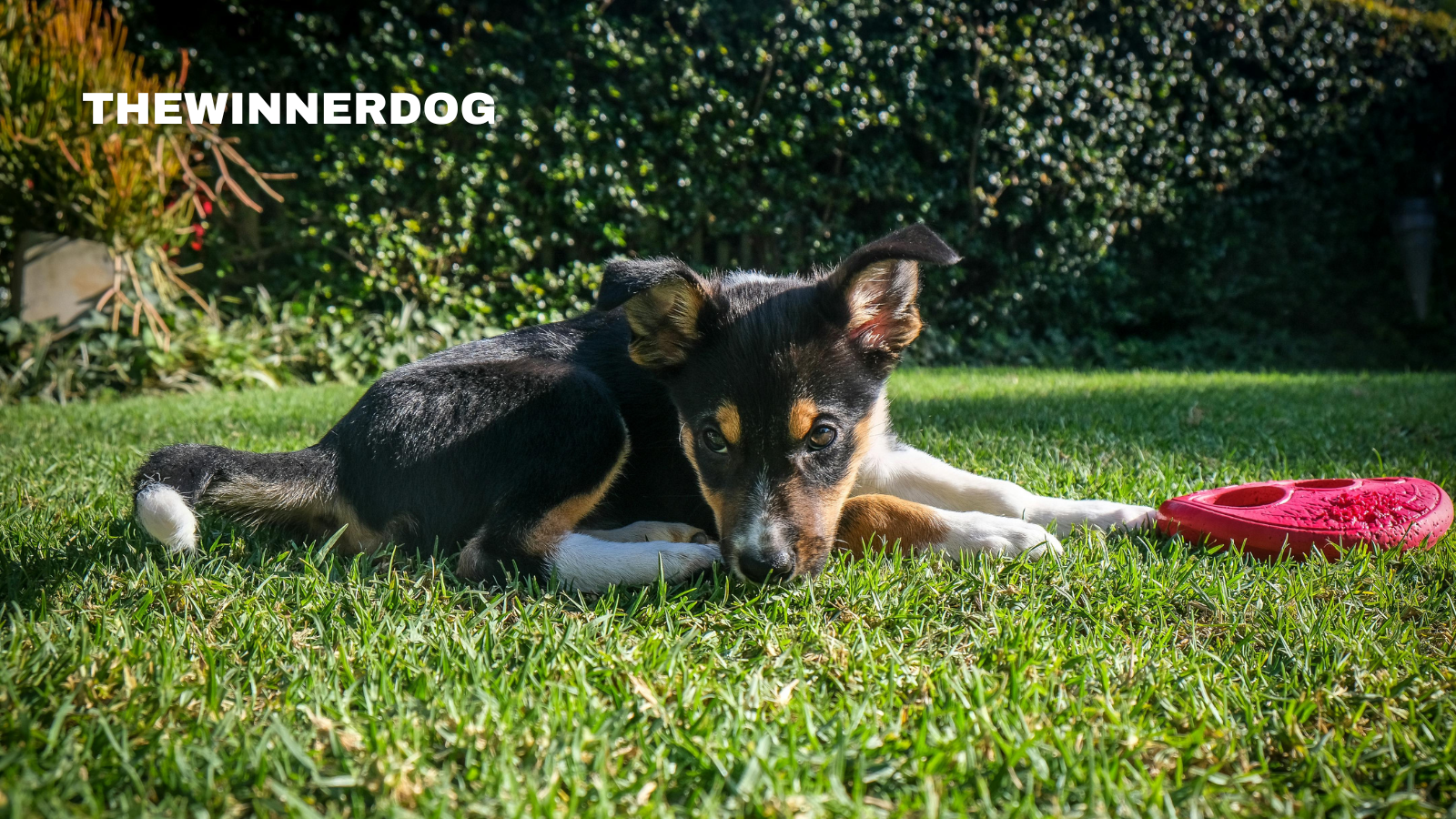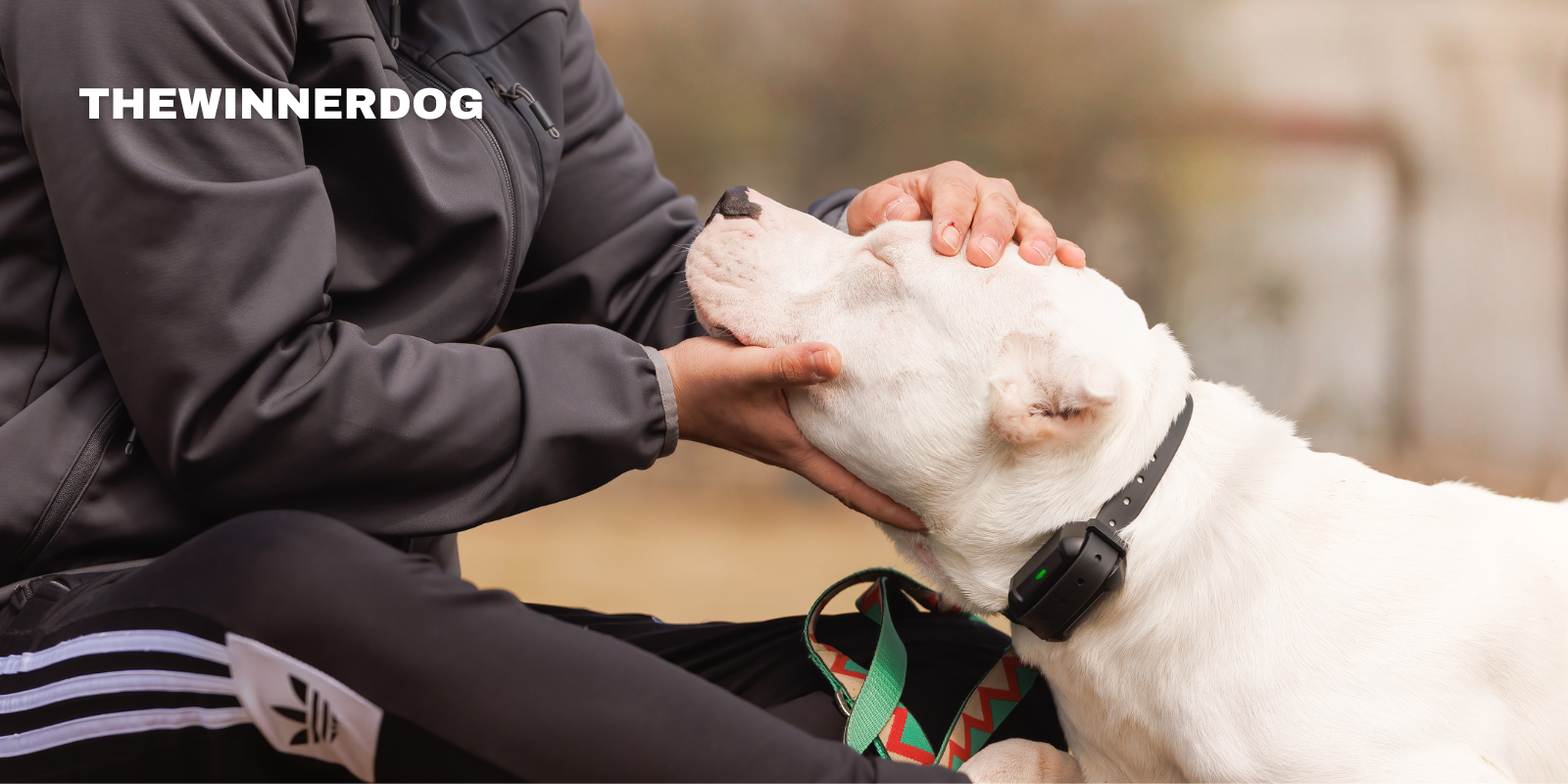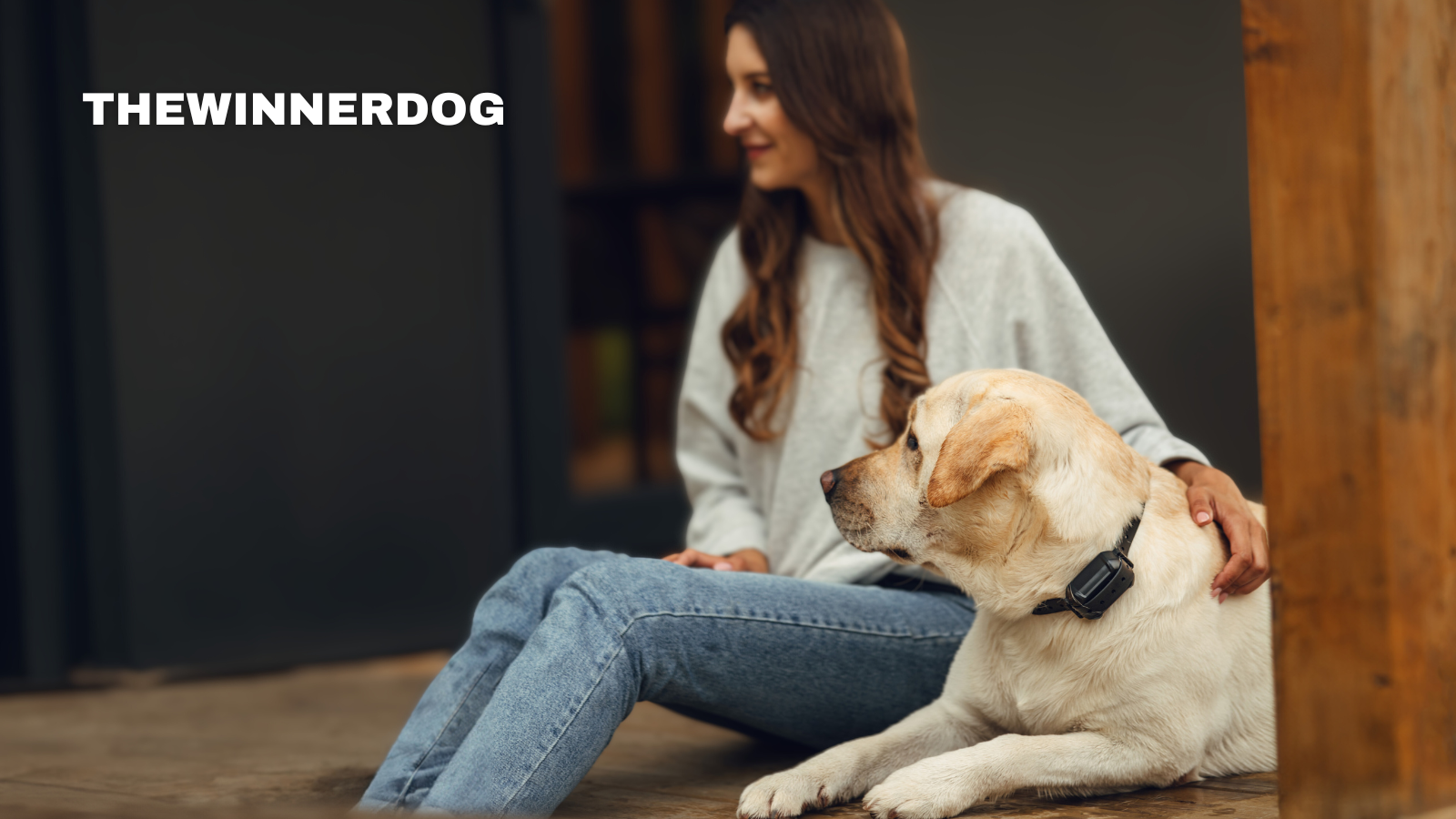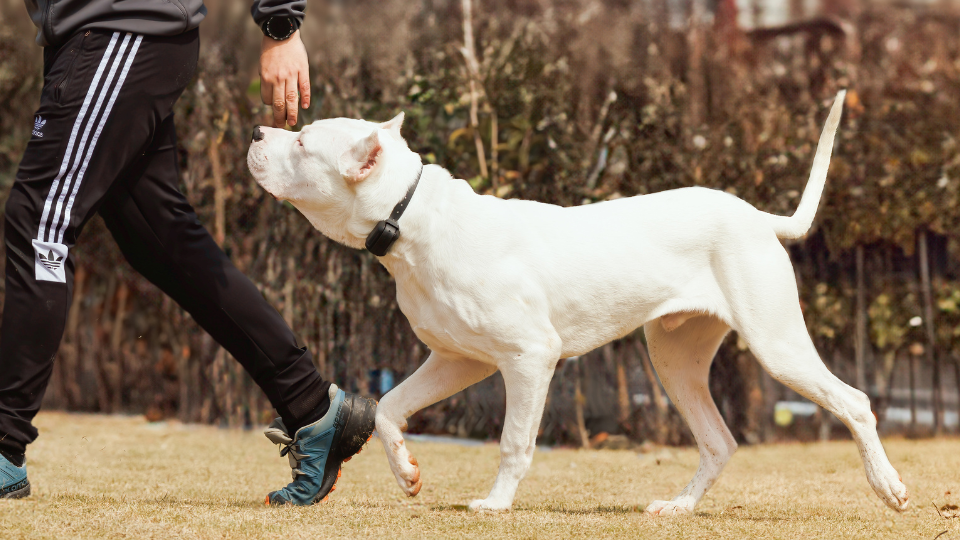
Training Your Dog to Use a GPS Fence: Step-by-Step Guide
A Practical, Expert-Based Guide to Boundary Training with GPS Dog Fences
Introduction: Why Structured GPS Fence Training Matters
GPS fencing represents a technological shift in dog containment and training. These systems offer wireless, portable, and often app-controlled solutions to keep dogs safe within designated areas. A GPS wireless dog fence system can provide flexibility that traditional fencing or underground wired systems cannot. However, even the best GPS dog fence is only as effective as the training behind it.
Training is essential to help dogs understand their new boundaries. This is especially true for small dogs or dogs with little off-leash experience. A GPS dog fence collar delivers cues—such as sound, vibration, or low-level static—when a dog nears or crosses the virtual perimeter. Properly introducing these cues, combined with positive reinforcement, helps dogs learn quickly and safely.
This guide outlines a proven step-by-step approach to training a dog to use GPS fences for dogs, detailing time frames, behavior markers, and reinforcement strategies recommended by canine training professionals.
Goal of Training
The goal is to create a positive learning experience that teaches the dog to associate boundary warnings with turning back, not punishment. Success requires:
- Gradual exposure to correction signals
- Consistency in cue behavior and feedback
- Clear reinforcement through praise and rewards
- Supervision during the early phases of training
This approach works effectively with most modern GPS dog fences, including models marketed as the best GPS dog collars fence on the market.
Phase 1: Familiarization (Days 1–2)
Objective: Introduce the equipment and environment without corrections
Steps:
- Allow the dog to wear the dog collar with GPS fence indoors for 1–2 hours daily without activation. This helps the dog get used to the sensation and weight.
- Set the fence radius and walk the property to confirm GPS lock.
- Place visible boundary markers (flags, cones) along the invisible line.
- Let the dog explore the yard on-leash within the safe zone. Avoid corrections at this stage.
- Keep the tone, vibration, and static features deactivated.
Notes:
- Select a lightweight gps dog fence collar suitable for the dog’s size.
- For small dogs, ensure that the collar is fitted snugly but not tightly, and monitor for discomfort.
Phase 2: Sound Cue Association (Days 3–4)
Objective: Teach the dog to associate the warning tone with returning to safety
Steps:
- Activate tone-only mode.
- Guide the dog toward the marked boundary on a leash.
- When the collar beeps, stop walking and gently guide the dog back.
- Use a cue word such as “back” or “safe” at the same time.
- Once the dog returns to the safe zone, praise generously and offer a high-value reward.
- Repeat from multiple directions for 10–15 minutes per session.
Tips:
- Keep distractions minimal during early sessions.
- The tone should always be paired with a return to safety and a positive outcome.
Phase 3: Add Gentle Correction (Days 5–7)
Objective: Reinforce the boundary with vibration or low-level static if needed
Steps:
- Enable vibration or static stimulation at the lowest possible setting.
- Repeat the same leash-guided boundary exercise.
- Allow the dog to approach the boundary. If the collar activates, pause, then redirect the dog with the same cue and reward.
- Only increase correction level if the dog consistently ignores the initial signal.
- End each session with success and positive emotion.
Cautions:
- Avoid long exposure to correction signals.
- Watch for signs of anxiety (freezing, tail tucking, reluctance to move). If observed, reduce or pause training.
Phase 4: Supervised Off-Leash Practice (Days 8–12)
Objective: Let the dog practice respecting the fence independently
Steps:
- Begin sessions off-leash but within your direct supervision.
- Allow the dog to roam freely in the safe area.
- If the dog approaches the boundary and self-corrects, offer immediate praise.
- If the dog crosses the line, use a recall cue and guide it back calmly.
- Maintain session durations of 10–20 minutes and avoid training when the dog is overexcited or distracted.
Best Practice:
Use built-in features from top brands like the premier pet GPS dog fence to track behavior in real time via app or remote display.
Phase 5: Real-World Proofing (Days 13–20)
Objective: Increase distractions and test reliability
Steps:
- Repeat off-leash sessions at different times of day.
- Add mild distractions: toys, new scents, a person at the boundary line.
- Confirm that the dog responds to the warning signal and returns consistently.
- Begin short-duration solo time while monitoring from a distance.
- If the dog shows strong, independent boundary recognition, reduce frequency of training sessions.
Pro Tip:
Use a gps dog fence no subscription system with local storage or handheld remote, ensuring it functions without requiring constant app sync or Wi-Fi.
Reinforcement Techniques for Long-Term Success
1. Use Positive Markers
- Consistently use a verbal cue (e.g., “Good!” or “Yes!”) followed by a treat or petting.
- Avoid using food exclusively, especially as the dog matures in training.
2. Reset Sessions if Necessary
- If the dog regresses or ignores signals, return to Phase 3 for 1–2 sessions.
- Keep reinforcement consistent and predictable.
3. Maintain Equipment Integrity
-
Check the gps fence collars for dogs weekly to ensure contact points are clean, battery is charged, and the collar sits correctly.
4. Train in Varied Conditions
- Dogs generalize better when trained in different lighting, weather, and environmental conditions.
- This prevents over-reliance on specific cues.
Testing Fence Accuracy and Response
A GPS wireless dog fence system relies on satellite stability and line-of-sight communication. To ensure accurate performance:
- Test the perimeter walk daily during the first week.
- Observe any signal drift in dense trees, near metal structures, or on steep slopes.
- Use systems that include on-screen signal strength (such as the best gps dog fence models with visual interfaces).
For owners in small homes or tight neighborhoods, select a gps dog fence for small dogs with high signal resolution and low boundary radius options.
Frequently Asked Questions
Q1: How long does GPS fence training take?
A: Most dogs can understand and respect boundaries within 10–15 days, depending on temperament and consistency.
Q2: Is a GPS fence safe for puppies or toy breeds?
A: Yes, but only when using a gps dog fence collar rated for small dogs, with vibration or sound modes only. Avoid high static levels and never leave the collar on for more than 12 hours per day.
Q3: Can training continue on vacation or camping trips?
A: Yes, one of the major advantages of gps dog fences is portability. Look for systems that are lightweight and easy to calibrate in new locations.
Conclusion: Train Smarter, Protect Better
GPS fences offer freedom, convenience, and peace of mind when used correctly. Even high-end systems like the best GPS dog fence without subscription will not function well without proper training. The true effectiveness lies in consistency, positive reinforcement, and adapting to the dog’s pace.
Investing time into structured GPS training builds not only boundary awareness but also trust, focus, and confidence in your dog. Whether you're using a dog collar with GPS fence for everyday yard safety or a gps dog fence for small dogs during travel, smart training ensures long-term success.
With patience and the right tools, your dog can enjoy off-leash freedom while staying safe within clearly understood boundaries.





